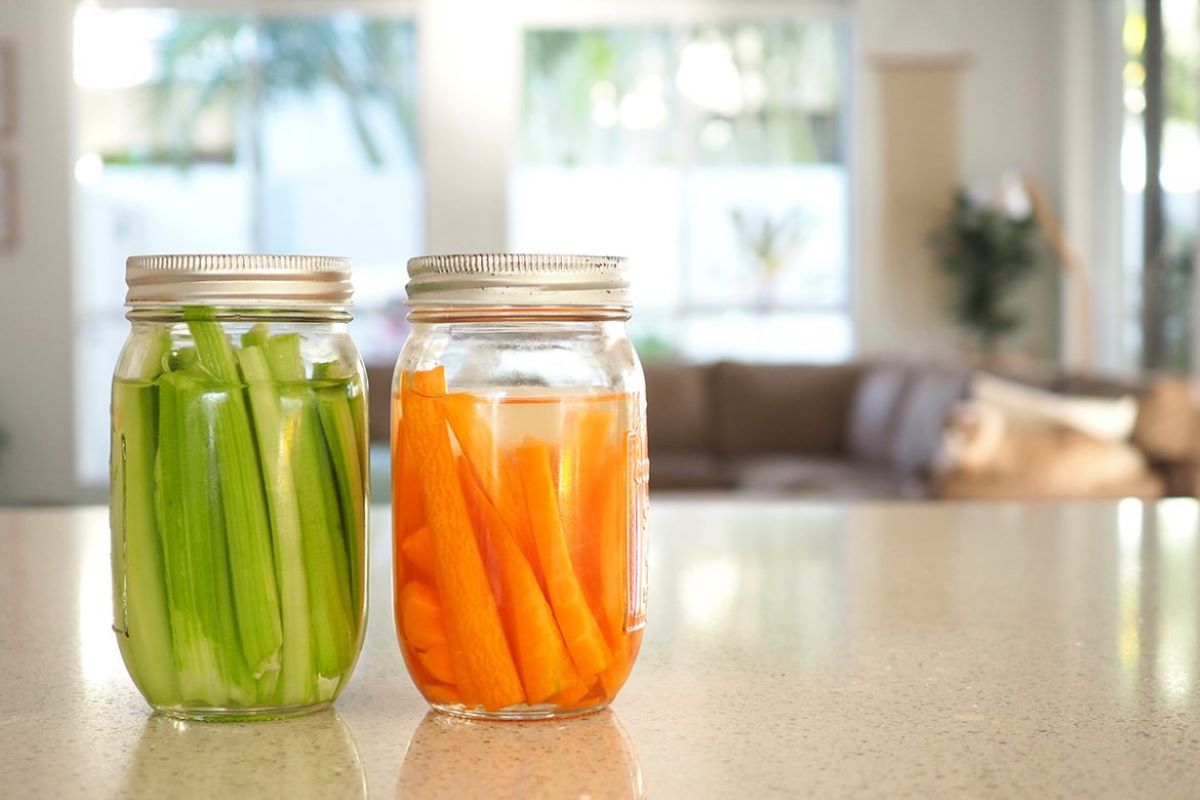

Articles
How To Store Cut Celery And Carrots
Modified: December 7, 2023
Discover the best way to store cut celery and carrots in this informative articles. Keep your produce fresh and ready for your next meal!
(Many of the links in this article redirect to a specific reviewed product. Your purchase of these products through affiliate links helps to generate commission for Storables.com, at no extra cost. Learn more)
Introduction
When it comes to meal preparation and cooking, having pre-cut vegetables on hand can be a huge time-saver. Two common veggies that are often prepped in advance are celery and carrots. Whether you’ve diced them for a stir-fry, sliced them for a salad, or chopped them for a soup, properly storing cut celery and carrots is essential to keep them fresh and crisp.
In this article, we will explore the importance of storing cut celery and carrots, and provide you with the best methods to ensure their longevity. By following these guidelines, you can drastically extend the shelf life of your pre-cut veggies and prevent them from wilting or going bad too quickly.
Key Takeaways:
- Preparing and storing cut celery and carrots properly can save time, reduce food waste, and provide convenient, healthy snack options. Follow specific methods to maintain freshness and maximize shelf life.
- By utilizing water or sealed container methods, along with proper preparation and storage techniques, you can extend the shelf life of cut celery and carrots, ensuring they remain fresh, crisp, and ready to use whenever you need them.
Read more: How To Store Carrots And Celery
Why Should You Store Cut Celery and Carrots?
Storing cut celery and carrots properly not only helps to maintain their freshness and crispness, but it also allows you to have conveniently prepped vegetables ready to use whenever you need them. Here are a few reasons why you should consider storing cut celery and carrots:
- Time-saving: Pre-cutting celery and carrots can save you valuable time in the kitchen. By having them ready to go, you can quickly add them to soups, stir-fries, salads, or other dishes without the need for additional prep work.
- Meal planning: Having pre-cut veggies on hand makes meal planning and preparation easier. You can portion them out for different recipes or snacks, allowing you to stay organized and save time throughout the week.
- Reduced food waste: Cutting up a whole bunch of celery or a bag of carrots may lead to excess waste if you don’t use them all immediately. By properly storing cut celery and carrots, you can prevent spoilage and extend their shelf life, reducing food waste in the process.
- Convenience: When you store cut celery and carrots, you always have a healthy snack option readily available. Instead of reaching for processed snacks, you can satisfy your cravings with a nutritious and crunchy vegetable.
With these advantages in mind, let’s explore the proper methods for storing cut celery and carrots to ensure you can enjoy the benefits of having prepped vegetables at your fingertips.
Proper Preparation for Storage
Before diving into the specifics of storing cut celery and carrots, it is important to properly prepare them for storage. This preparation step helps to maintain their freshness and prevent them from drying out or becoming limp. Follow these steps to ensure your celery and carrots are ready for storage:
- Wash thoroughly: Start by washing the celery and carrots under cold running water. Use a vegetable brush to scrub away any dirt or debris. This step ensures that you remove any bacteria or contaminants from the surface of the vegetables.
- Trim and cut: Trim off the ends of the celery stalks and cut them into desired lengths or shapes. For carrots, trim off the tops and ends, then slice or dice them according to your preference. It is essential to have uniform sizes for even cooking and storage.
- Dry completely: Pat dry the celery and carrots using a clean kitchen towel or paper towels. Moisture can promote bacterial growth and cause the vegetables to become mushy. Make sure they are completely dry before moving on to the storage step.
Once you have completed these preparation steps, you are ready to store your cut celery and carrots and ensure their longevity.
Storing Cut Celery
Celery is a versatile vegetable used in various recipes, from salads to soups to snack sticks. To keep your cut celery fresh and crunchy, follow these storage methods:
- Water method: Fill a container or a glass with about an inch or two of water. Place the cut celery stalks in the container, making sure the cut ends are submerged in the water. Cover the container loosely with a plastic bag or wrap the stalks in damp paper towels and store them in the refrigerator. Change the water every few days to prevent it from becoming stagnant.
- Sealed container method: If you prefer not to use water, you can store cut celery in an airtight container or resealable plastic bag. Before sealing the bag or container, place a few damp paper towels inside to maintain moisture. Store the container or bag in the refrigerator.
Regardless of the storage method you choose, it’s important to check on the celery regularly and remove any wilted or spoiled stalks. Discard them to prevent the spread of rotting and keep the remaining celery fresh.
By following these storing methods, your cut celery can stay crisp and delicious for up to two weeks in the refrigerator.
To store cut celery and carrots, place them in a container with water and cover with a lid. Store in the refrigerator and change the water every few days to keep them fresh.
Storing Cut Carrots
Carrots are not only tasty and nutritious but also a versatile vegetable that can be enjoyed in various dishes. To ensure that your cut carrots maintain their freshness and texture, here are two effective methods for storing them:
- Water method: Similar to storing cut celery, you can use the water method for storing cut carrots. Fill a container or a glass with water and place the cut carrot sticks or slices inside, ensuring that they are fully submerged. To maintain freshness, cover the container with a plastic bag or wrap the carrots in a damp paper towel and store them in the refrigerator. Change the water every few days to keep it fresh.
- Sealed container method: Another option is to store cut carrots in an airtight container or a resealable plastic bag. Before sealing, line the container or bag with a paper towel to absorb excess moisture and place the cut carrots inside. Seal the container or bag tightly and store it in the refrigerator.
Both of these methods help to maintain the moisture and firmness of the cut carrots, preventing them from drying out and becoming soft. Regularly check on the carrots, discarding any pieces that have become mushy or spoiled to prevent the spread of spoilage to the rest.
When stored properly in the refrigerator, cut carrots can maintain their freshness for up to two weeks. They will be ready to be added to salads, stir-fries, or other dishes whenever you need them.
Read more: How To Store Celery Root
Tips for Maximizing Shelf Life
To maximize the shelf life of your cut celery and carrots, here are some additional tips and tricks to keep in mind:
- Keep them dry: Moisture can lead to spoilage and accelerate the wilting process. Make sure to dry the cut celery and carrots thoroughly before storing them.
- Use airtight containers: Seal the cut vegetables in airtight containers or resealable plastic bags to prevent air exposure and keep them fresh for longer.
- Store in the refrigerator: Both cut celery and carrots should be stored in the refrigerator to maintain their freshness and prevent bacterial growth. Keep them in the crisper drawer or in a designated storage container.
- Separate ethylene-producing fruits: Ethylene is a gas that accelerates ripening and can cause other fruits and vegetables to spoil quicker. Keep cut celery and carrots away from ethylene-producing fruits like apples or bananas to prevent them from going bad faster.
- Don’t wash before storage: It’s best to wash the cut celery and carrots right before using them, rather than washing them before storage. Excess moisture can promote spoilage, so it’s best to keep them dry until ready to be consumed.
- Regularly check for freshness: Check the cut celery and carrots periodically for signs of spoilage, such as wilting, sliminess, or off smells. Discard any pieces that have gone bad to prevent contamination.
By following these tips, you can extend the shelf life of your cut celery and carrots, ensuring that they remain fresh, crisp, and ready to use whenever you need them.
Conclusion
Properly storing cut celery and carrots is essential to maintain their freshness, crispness, and nutritional value. By following the appropriate storage methods, you can enjoy the convenience of having prepped vegetables on hand, save time in the kitchen, and reduce food waste.
Remember to wash and dry the celery and carrots thoroughly before cutting them into desired shapes and sizes. Once prepped, there are a few storage methods you can choose from. For celery, you can utilize the water method or the sealed container method to keep it fresh and crunchy. Similarly, for carrots, the water method or the sealed container method will help maintain their texture and flavor.
To maximize the shelf life of cut celery and carrots, keep them dry, store them in airtight containers, and place them in the refrigerator. Additionally, separate them from ethylene-producing fruits and avoid washing them before storage to prevent excess moisture.
Regularly check the cut celery and carrots for freshness and discard any pieces that have gone bad to prevent spoilage from spreading to the rest. By following these guidelines, you can enjoy the convenience of having prepped vegetables available for salads, stir-fries, soups, or as healthy snack options.
So, next time you decide to cut celery or carrots in advance, remember these storage tips to ensure that they stay fresh, flavorful, and ready to elevate your culinary creations.
Frequently Asked Questions about How To Store Cut Celery And Carrots
Was this page helpful?
At Storables.com, we guarantee accurate and reliable information. Our content, validated by Expert Board Contributors, is crafted following stringent Editorial Policies. We're committed to providing you with well-researched, expert-backed insights for all your informational needs.
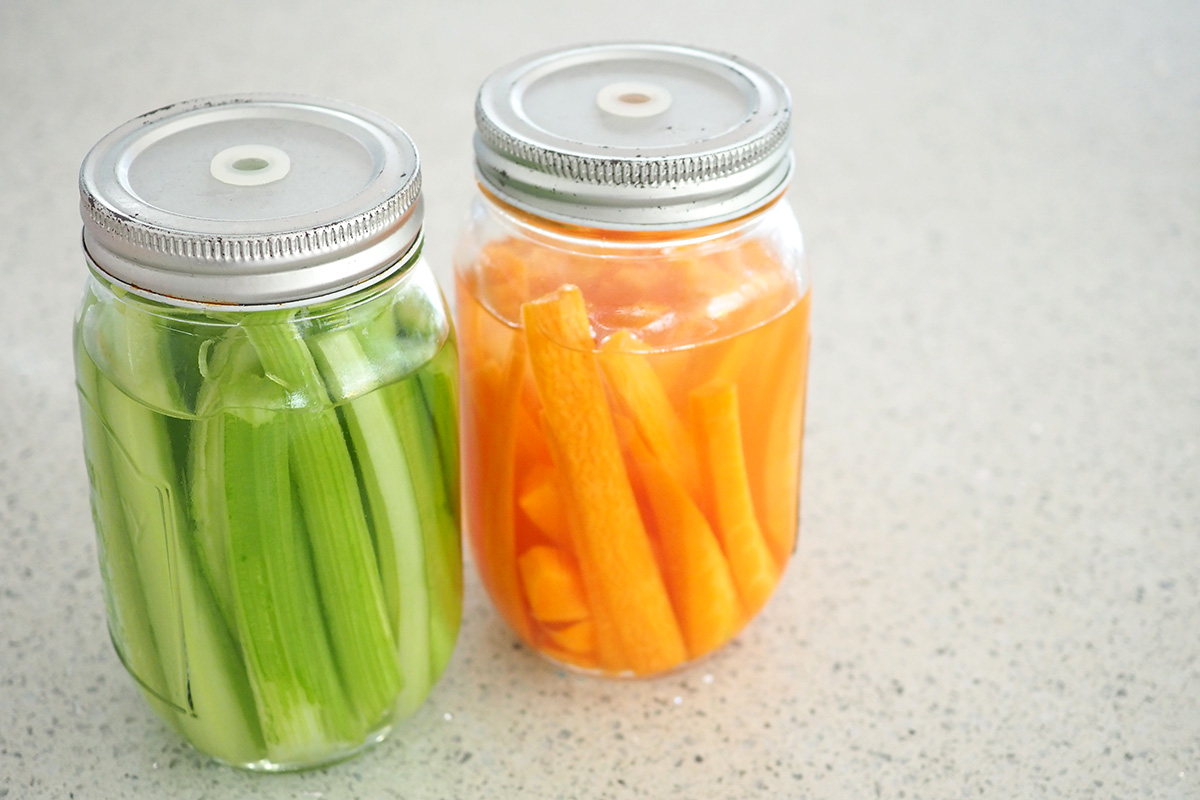
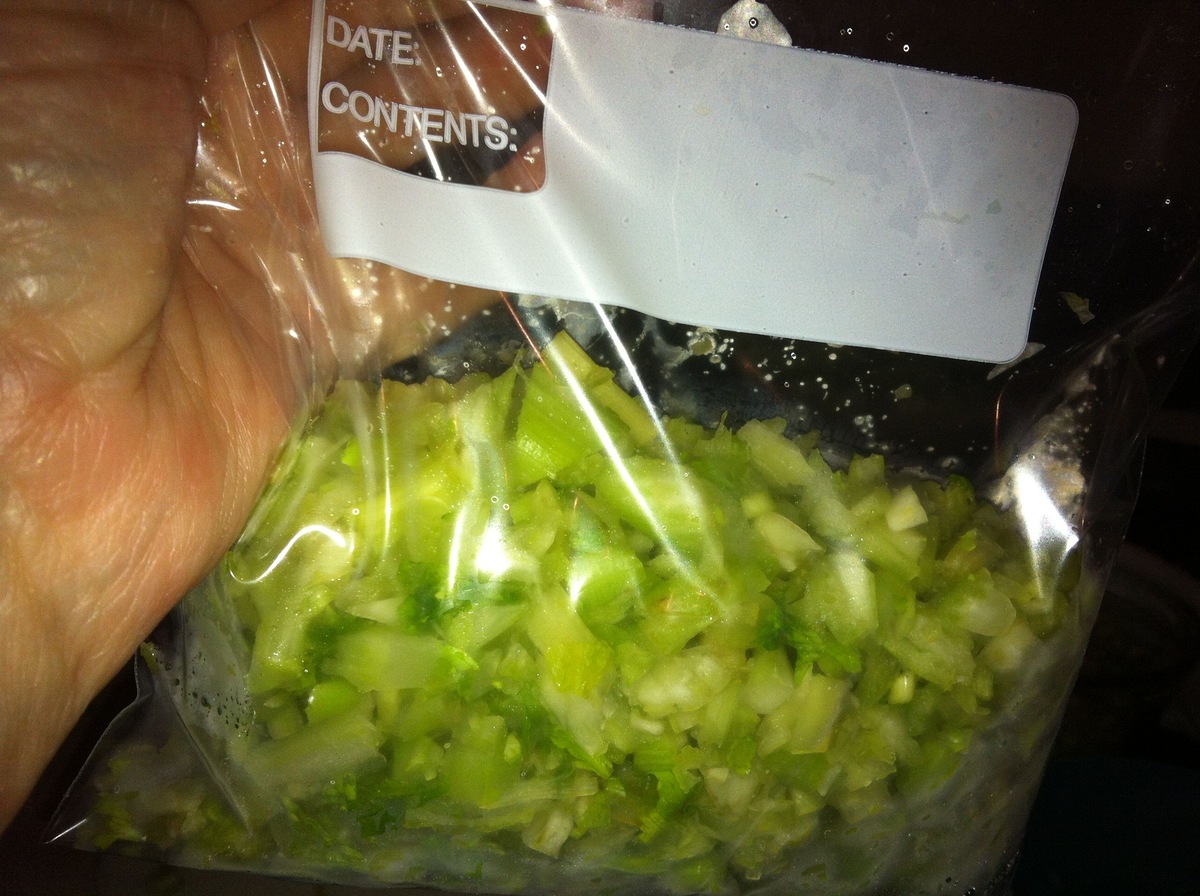
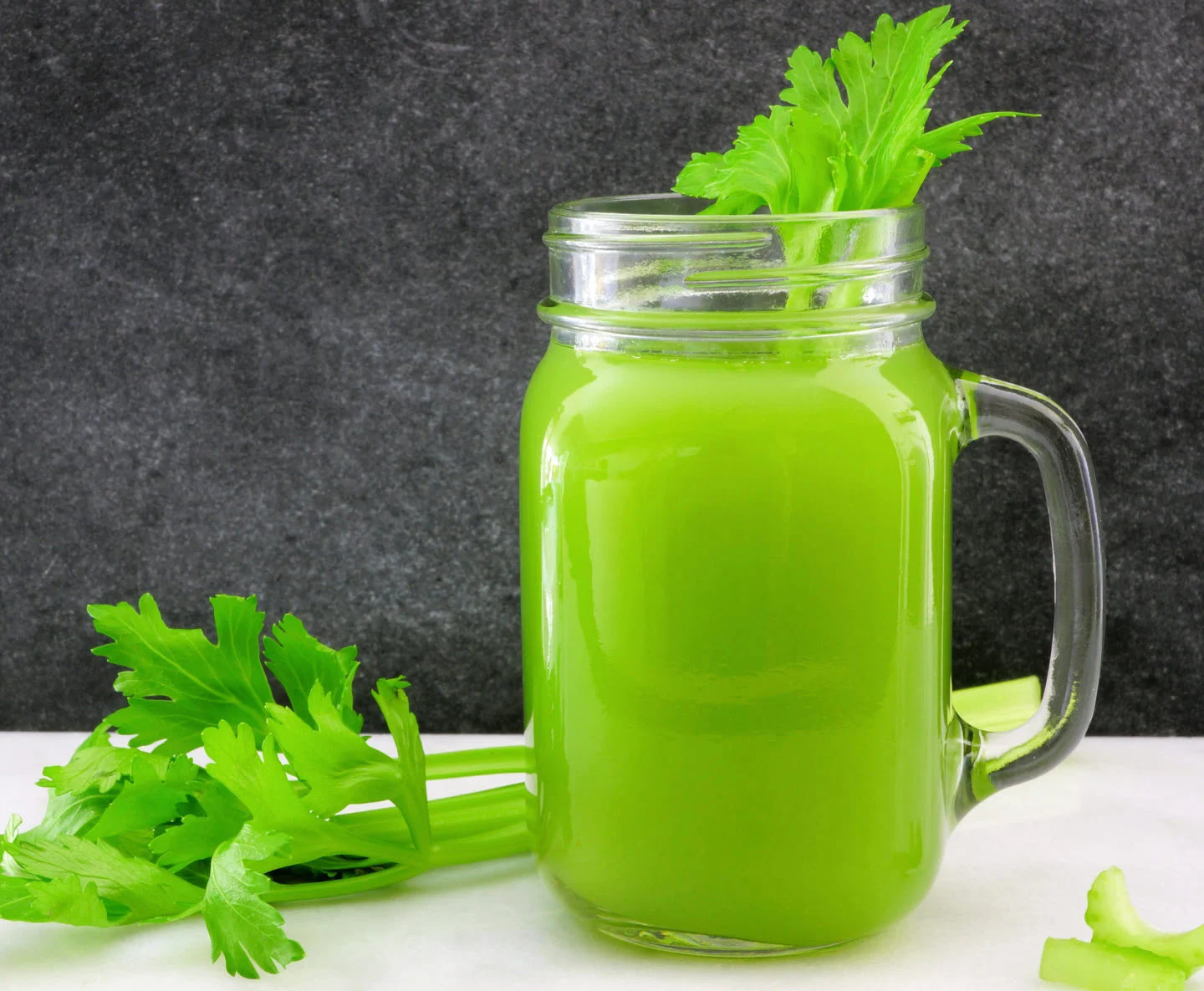
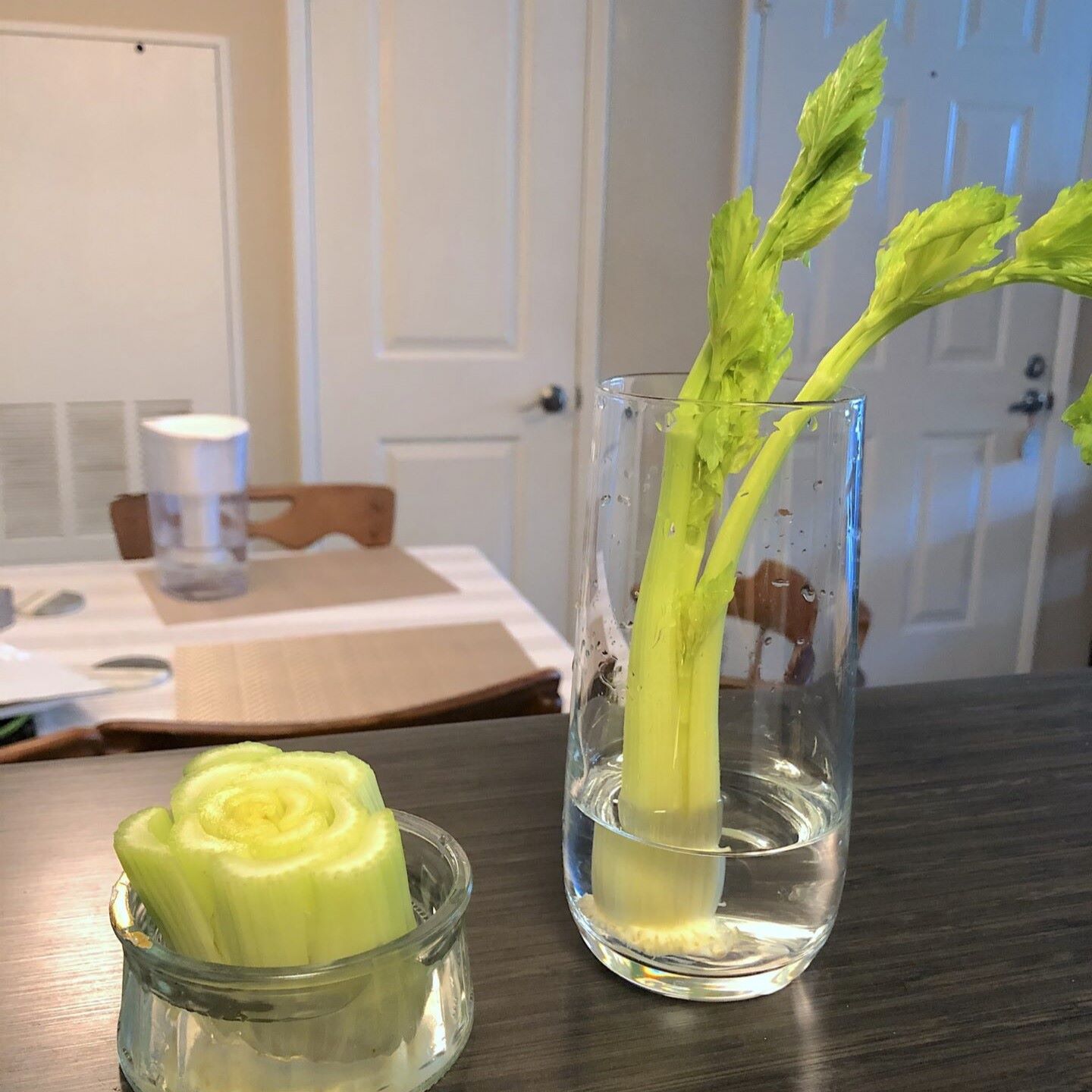
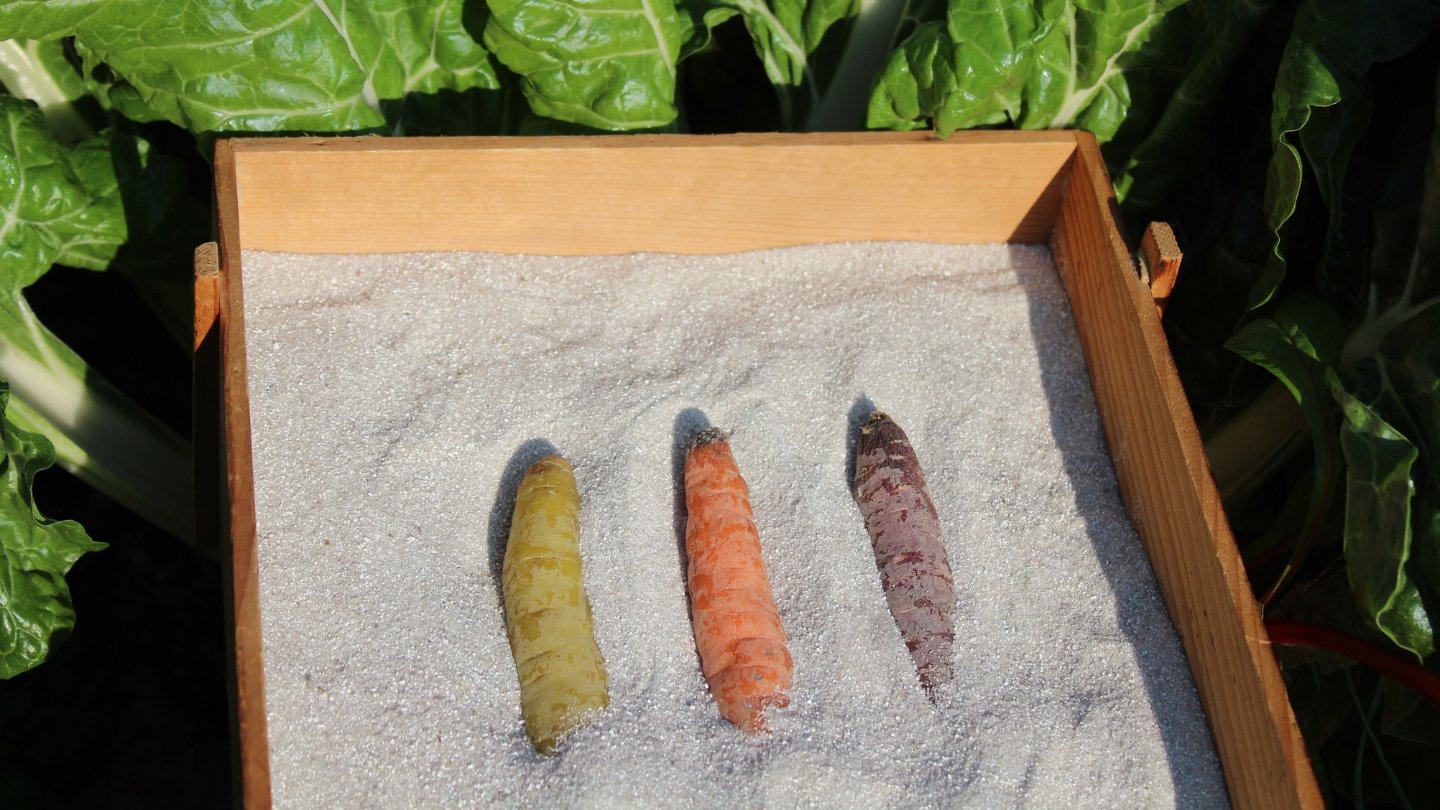
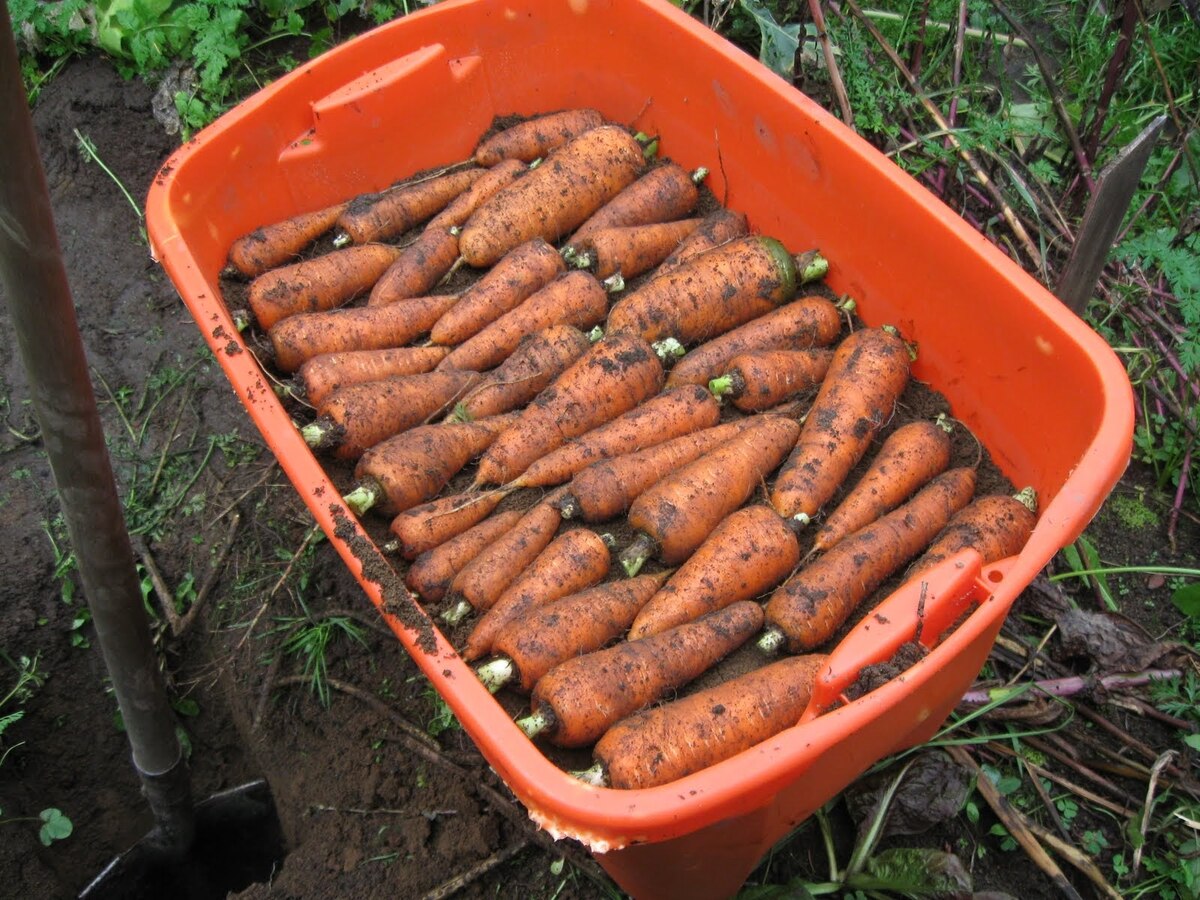
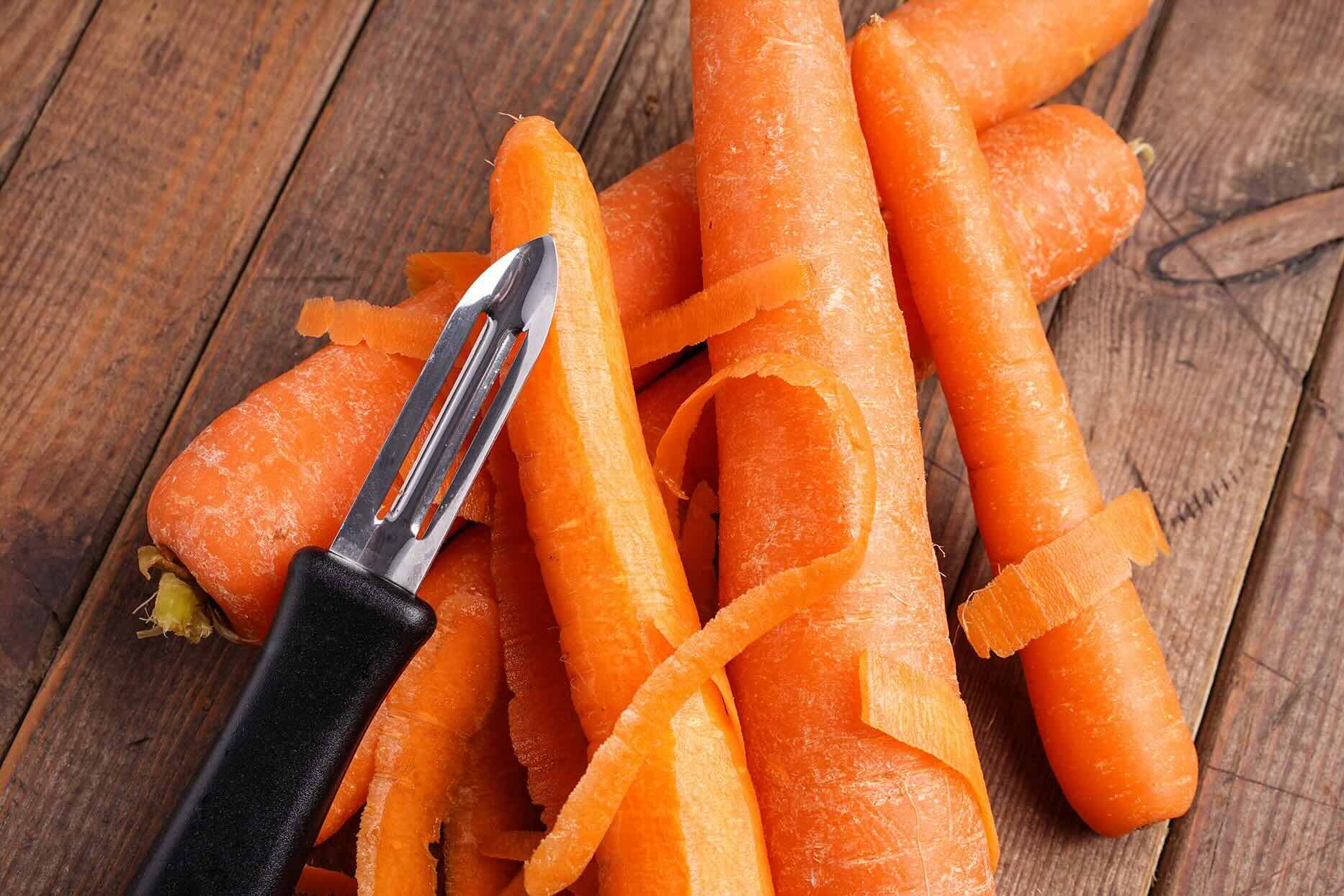
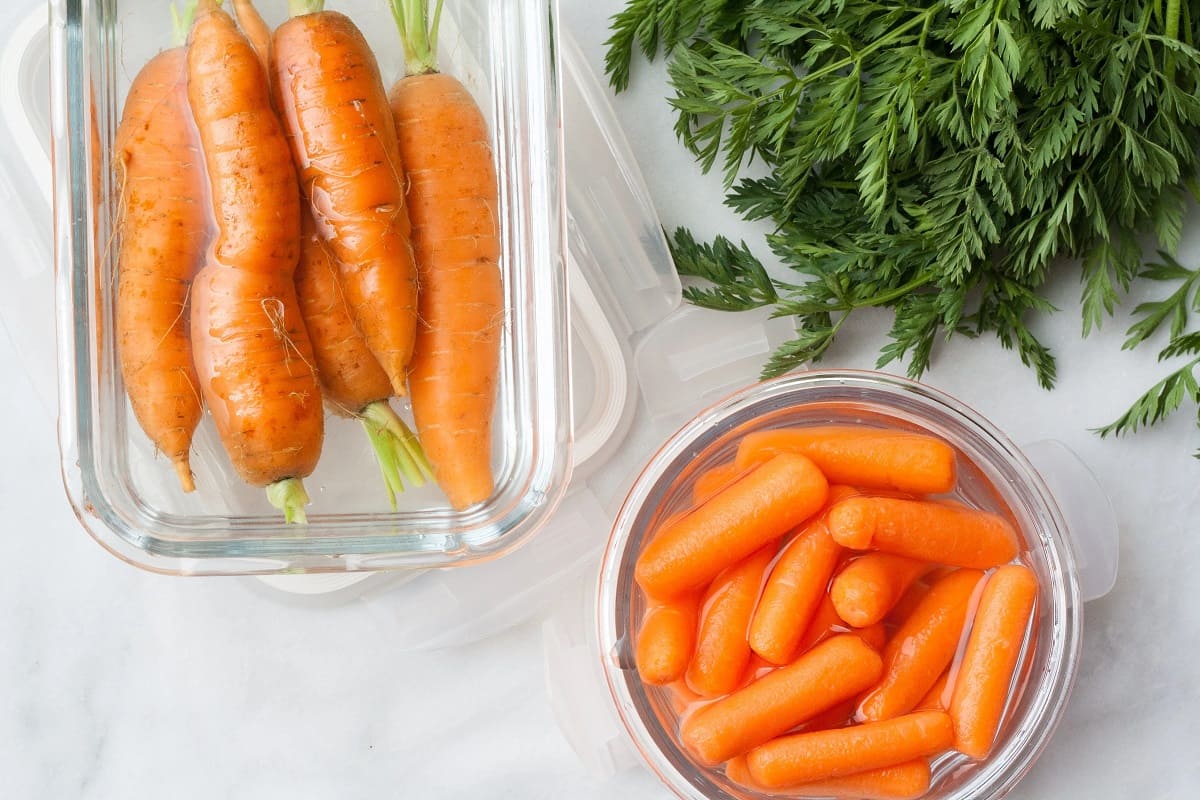
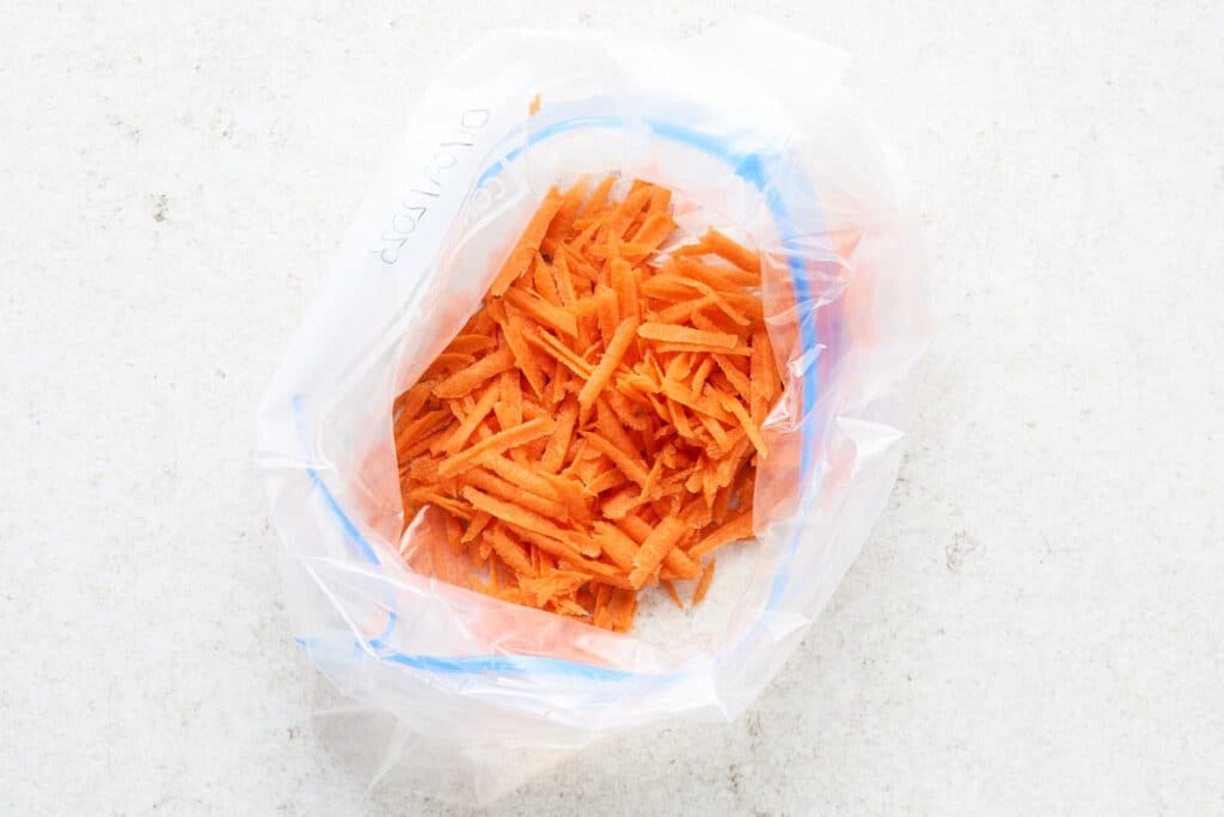
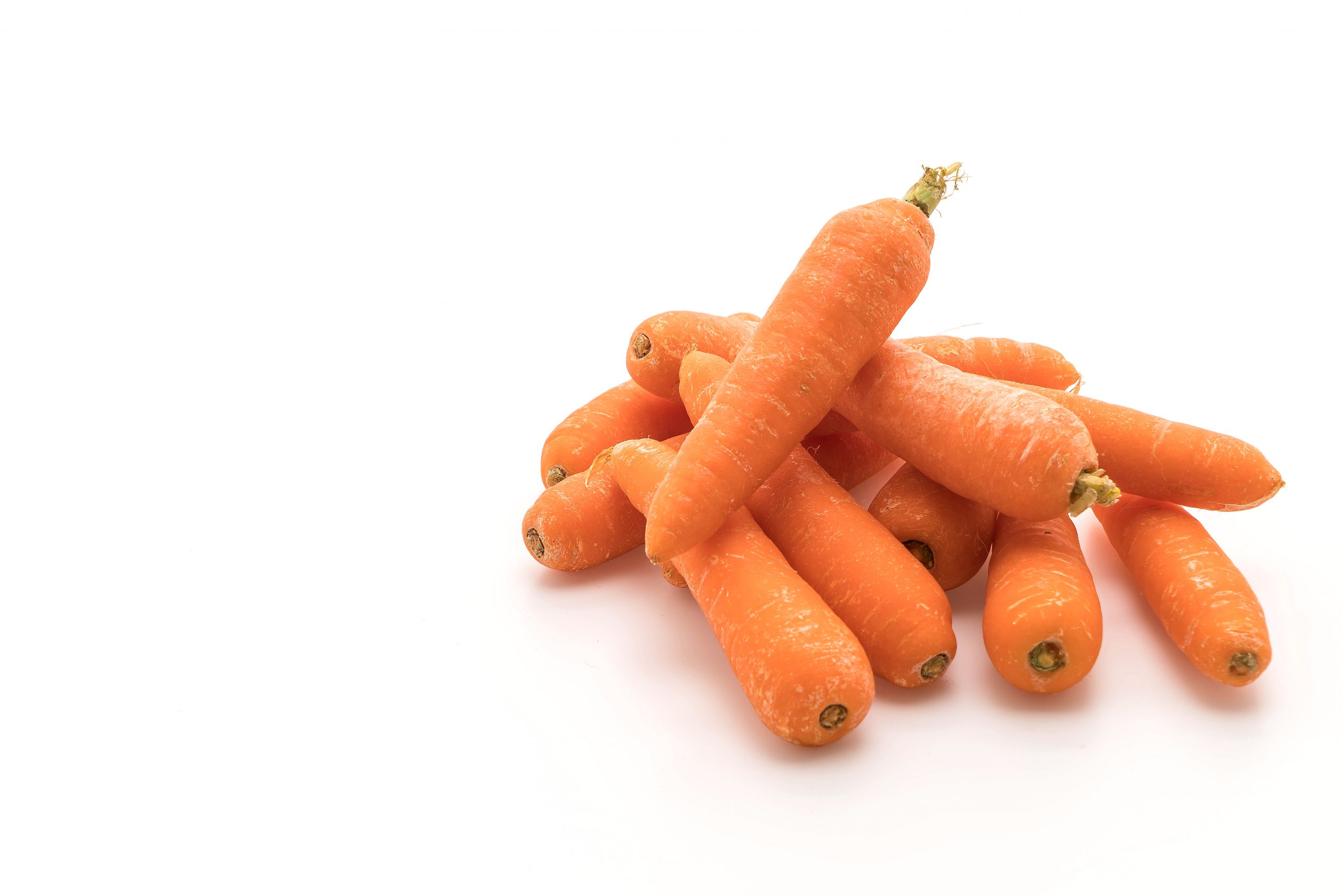

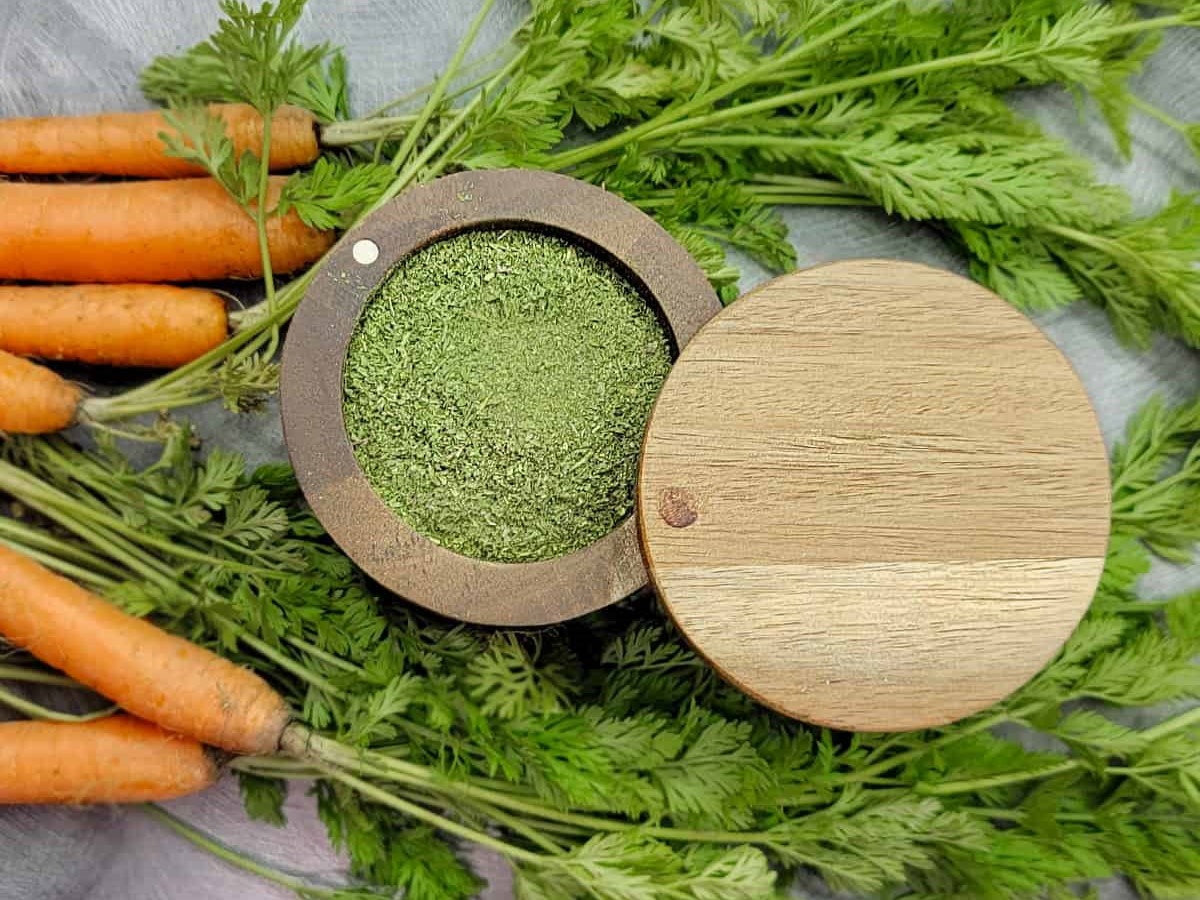
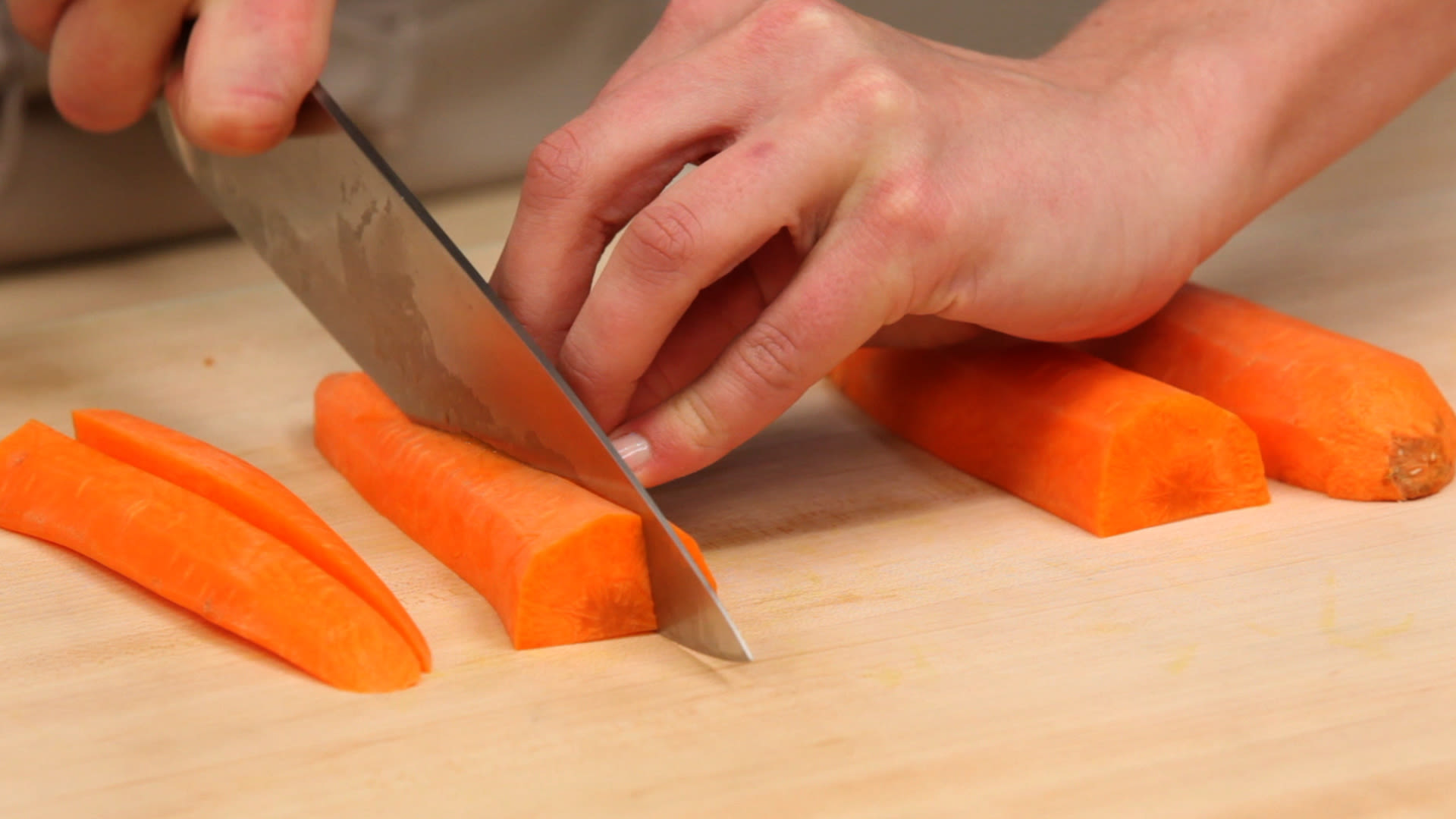
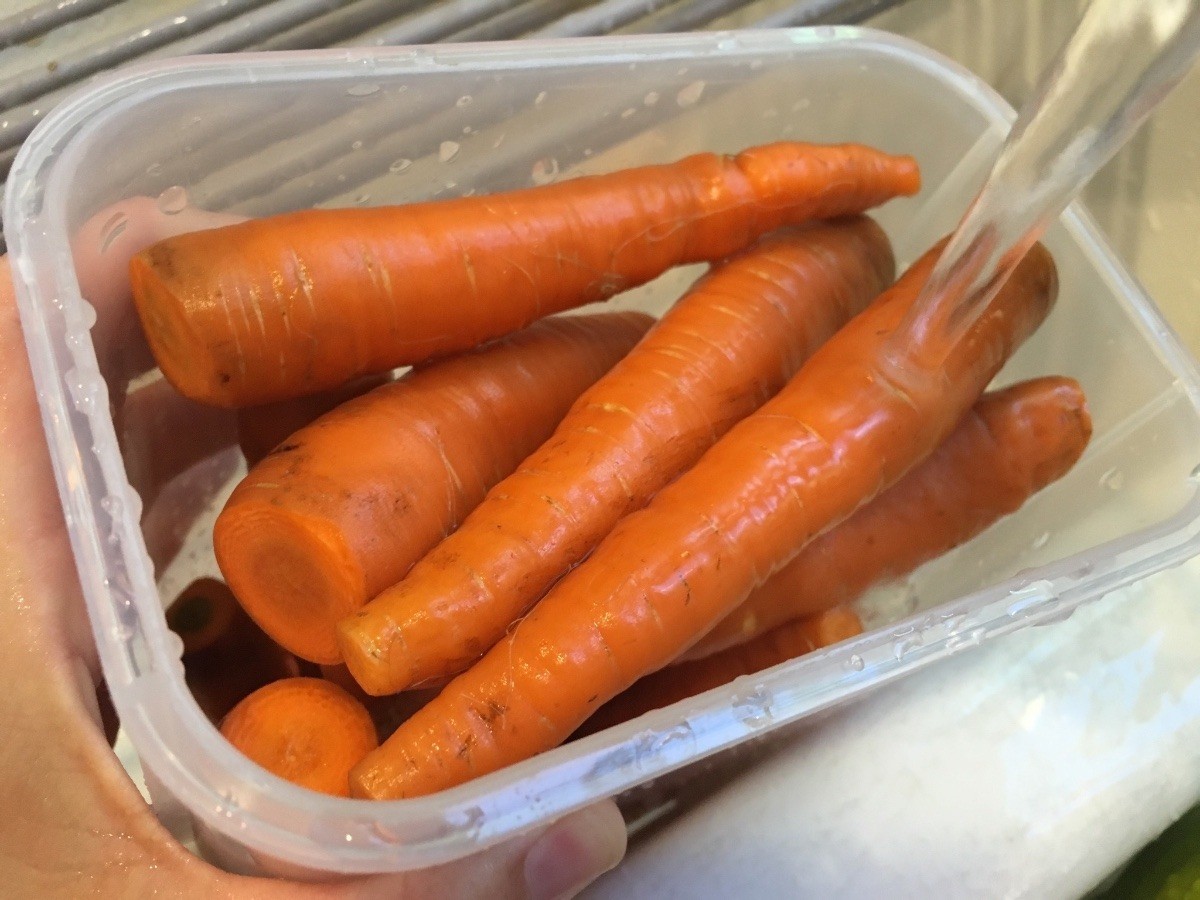

0 thoughts on “How To Store Cut Celery And Carrots”